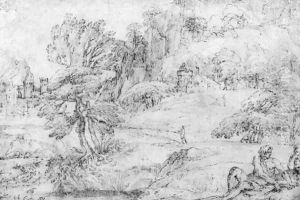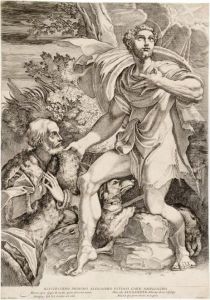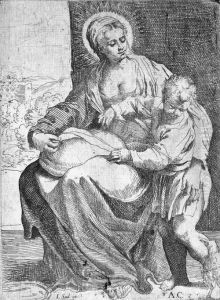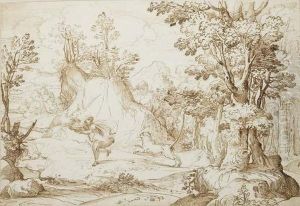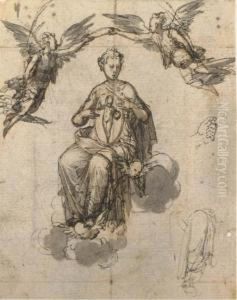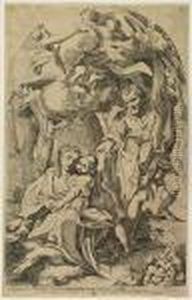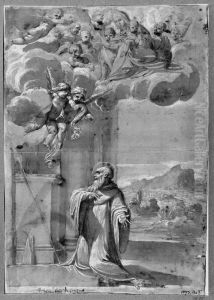Francesco Brizio Paintings
Francesco Brizio, born in Bologna in 1574, was an Italian painter and engraver of the late Mannerist and early Baroque periods. He was initially trained by Bartolomeo Passerotti but was profoundly influenced by the Carracci family, Annibale Carracci in particular, who were pivotal figures in the transition from Mannerism to Baroque art in Italy. Brizio's work is characterized by its dynamic compositions, vibrant use of color, and a blend of realism and idealism, reflecting the Carracci's influence and the emerging Baroque sensibility of his time.
Brizio became a member of the Accademia degli Incamminati, founded by the Carraccis, which played a significant role in his development as an artist. This institution was dedicated to the study and promotion of naturalism in art, contrasting with the stylized practices of Mannerism. Through this environment, Brizio honed his skills in drawing and engraving, becoming renowned for his prints. His engravings were highly regarded for their complexity and the skill with which he executed them, contributing significantly to the spread of the Baroque style across Europe.
Apart from his prints, Brizio also worked on several significant fresco projects in Bologna, contributing to the decoration of prestigious buildings such as the Palazzo Pubblico. His frescoes are noted for their lively figures and detailed landscape backgrounds, showcasing his ability to create depth and movement in his compositions. Brizio's work in fresco painting, along with his prints, solidified his reputation as a leading artist of his time.
Despite his success, Francesco Brizio is not as widely known today as some of his contemporaries. His contributions to art, particularly in engraving, played a crucial role in the development of Baroque aesthetics, and his influence is evident in the works of later artists. Brizio's legacy is that of a skilled draftsman and engraver who bridged the gap between the Mannerist and Baroque styles, bringing about a change in the artistic landscape of early 17th century Italy. He died in Bologna in 1623, leaving behind a body of work that continues to be studied and admired for its artistic merit and historical importance.
